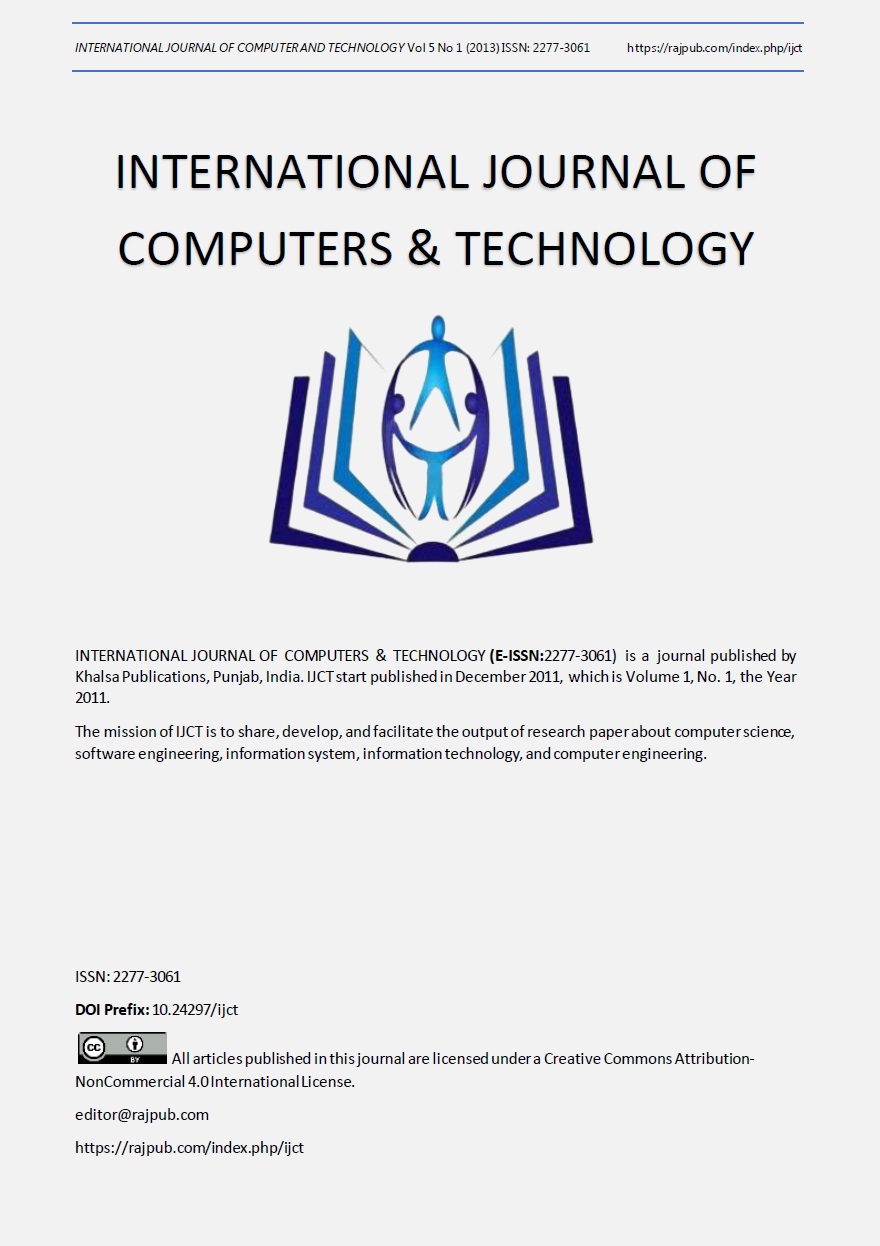DNA sequence comparison based on Tabular Representation
DOI:
https://doi.org/10.24297/ijct.v4i1c.3121Keywords:
DNA, sensitivity and selectivity, gene, NBRFAbstract
DNA sequence comparison remains as one of the critical steps in the analysis of phylogenetic relationships between species. In order to get quantitative comparison, we want to devise an algorithm that would use the tabular representation of DNA sequences. The tabular approach of representation captures the essence of the base composition and distribution of the sequence. In this contribution, we take the tabular notation for DNA sequences and then these tables are compared to find the similarity/dissimilarity measure of the sequences. We have developed algorithms for comparing DNA sequences. These programs help us to search similar segments of sequences, calculate similarity scores and identify repetitions based on local sequence similarity. There are two approaches: one is to find the exact similarity and another is to find the measurement for similarity. The first approach is more sensitive, which can be used to search DNA sequence similarities only if complete matches occurred and can compare exactly similar sequences only. This approach violates if a single mismatch for any base character appears so it is not a general solution. To find the miss matches along with the matches we have suggested another approach which compiles the information matrix based on matches and miss matches. This approach is quiet general in terms of sequences which have a large fragment common with less no of dissimilar base characters. This alternate approach includes an additional step in the calculation of the similarity score that denotes multiple regions of similarity between sequences. For both these approaches computer programs are prepared and tested on data sets. These programs can be used to evaluate the significance of similarity scores using a shuffling method that preserves local sequence composition. In addition, these programs have been generalized to allow comparison of DNA sequences based on a variety of alternative scoring matrices. We have been developing tools for the analysis of protein The method is very simple and fast, and it can be used to analyze both short and long DNA sequences. The utility of this method is tested on the several sequences of species and the results are consistent with that reported.









